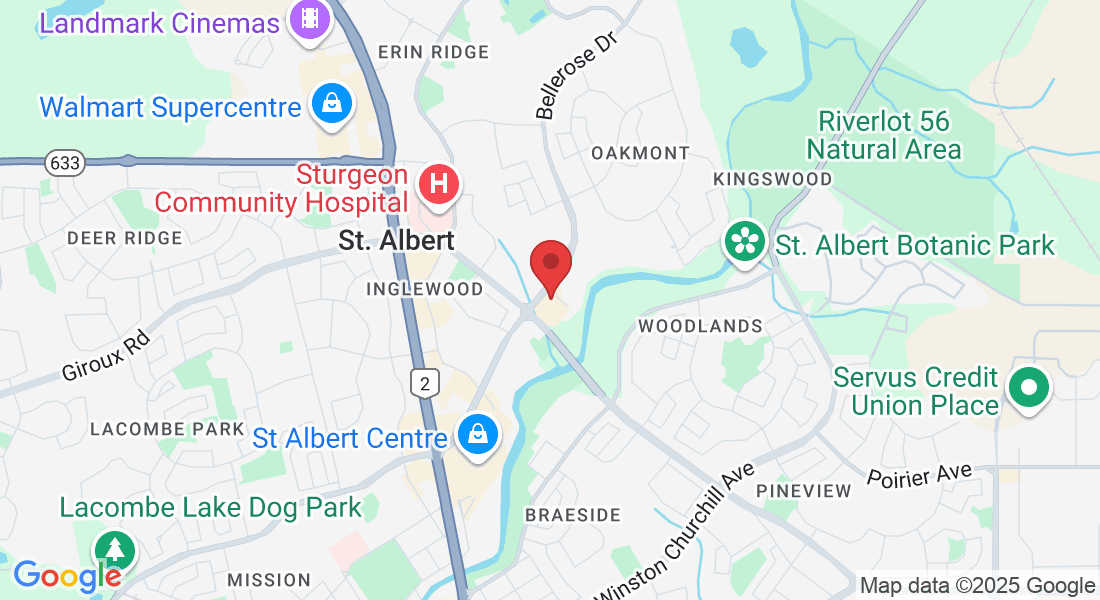
Frequently Asked Questions
Here are some simple, direct, and thoughtful answers to the most common questions we get about braces, appliances, and clear aligners.
About Orthodontics
Are braces really necessary?
Yes. Orthodontics is a very important part of oral health and dental function. From preventing cavities, to maintaining healthy gums, to optimum TMJ (jaw joint) function, to airway and sleep apnea, orthodontics has important roles in your health.
Are braces for function or just esthetics?
Both. What functions best also happens to look best. There’s a lot of scientific research that says what is healthy is what looks attractive and beautiful. That means there’s no such thing as “just esthetics” because the optimum function is the best looking.
And that doesn’t even consider the self-confidence boost that many people experience when they have a smile they feel proud to show off.
Are there any age limits for getting braces / aligners?
There is no age limit for orthodontic treatment. While it’s common for teenagers to get braces, many adults also choose to undergo orthodontic care to correct long-standing issues or to achieve a better-aligned smile. Advances in orthodontics, such as clear aligners and ceramic braces, have made treatment more accessible and discreet for adults. Whether you’re a teenager or an adult, it’s never too late to improve your smile.
How long does orthodontic treatment typically take?
The duration of orthodontic treatment varies depending on the complexity of the case and the type of treatment used. On average, treatment with braces or clear aligners takes between 12 to 24 months. However, some minor adjustments may take as little as six months, while more complex cases could extend beyond two years. Your orthodontist will provide a more accurate timeline based on your specific needs during your initial consultation.
Will orthodontic treatment be painful?
Orthodontic treatment may cause some discomfort, especially after adjustments or when you first start wearing braces or clear aligners. This discomfort is usually mild and can be managed with over-the-counter pain relievers like Advil or Tylenol. The soreness typically lasts for a few days as your teeth begin to move. Over time, your mouth will adjust, and the discomfort will lessen. If you experience significant pain or have concerns, your orthodontist can provide tips to help manage it and ensure your treatment remains as comfortable as possible.
What should I avoid eating during treatment?
If you’re wearing traditional braces, it’s important to avoid foods that can damage the brackets and wires. Sticky, chewy foods like gum and caramel, as well as hard foods like nuts, popcorn, and ice, should be avoided. You should also cut harder foods like apples and carrots into smaller pieces before eating. If you’re using clear aligners, you’ll remove them while eating, so there are no specific food restrictions. However, it’s important to brush your teeth before reinserting your aligners to avoid trapping food particles.
About Treatment
Does getting braces hurt?
No. Placing braces does NOT hurt. No needles. No drills.
What can I expect during treatment?
Expect braces to feel weird and uncomfortable for the first few days. Both after they’re placed and after adjustments. They feel weird and uncomfortable as your mouth adjusts to the gentle pressure from the braces, appliances, or clear aligners.
How often do I need an appointment?
It depends on what you and Dr Major are working on. Braces or clear aligner appointments can range from every 4 weeks to every 10 weeks. Because Dr Major knows your life is busy and mid-day appointments can be disruptive, he’ll only schedule appointments when it’s necessary.
How long will it take?
Typically braces and clear aligner therapy take 1.5 to 2.5 years, but can range from as short as 6 months to as long as 3 years. Each person’s treatment length depends on the uniqueness of his or her situation. The more complicated the treatment, the longer it takes. The simpler the treatment, the faster it goes.
Can I do Invisalign instead of braces?
There’s a very good chance the answer is yes. Clear aligner technology has progressed tremendously over the last 5–10 years. There are a small number of situations that really do need braces. But for the majority of people both traditional braces and invisalign are equally effective when an orthodontic specialist, such as Dr Major, is treating you.
What can I do to keep my treatment on track?
There are four important things you can do to keep treatment moving as fast as possible:
Maintain Excellent Oral Hygiene: Brush and floss regularly, and keep up with your routine dental visits to ensure your mouth stays healthy during treatment.
Wear Your Appliances: Whether you’re using clear aligners or interceptive devices, wearing them consistently is crucial for moving your teeth. It’s simple—if you don’t wear them, your teeth won’t move.
Follow Instructions: Dr. Major will provide specific guidance, whether it’s wearing elastics or avoiding certain foods. Following these instructions is essential for staying on course.
Keep Your Appointments: Missing appointments can delay your progress, so be sure to attend all scheduled visits to keep your treatment moving forward.

